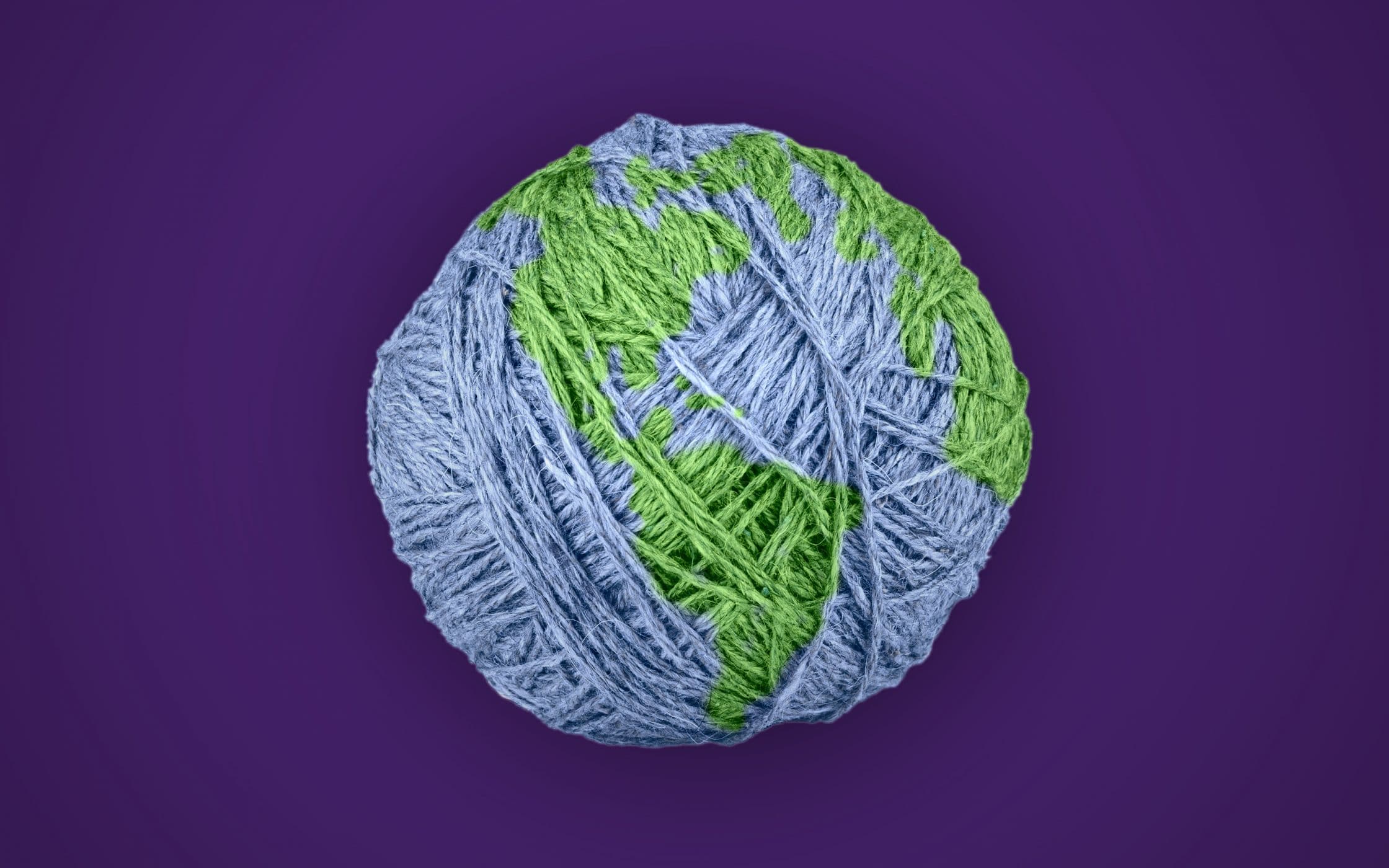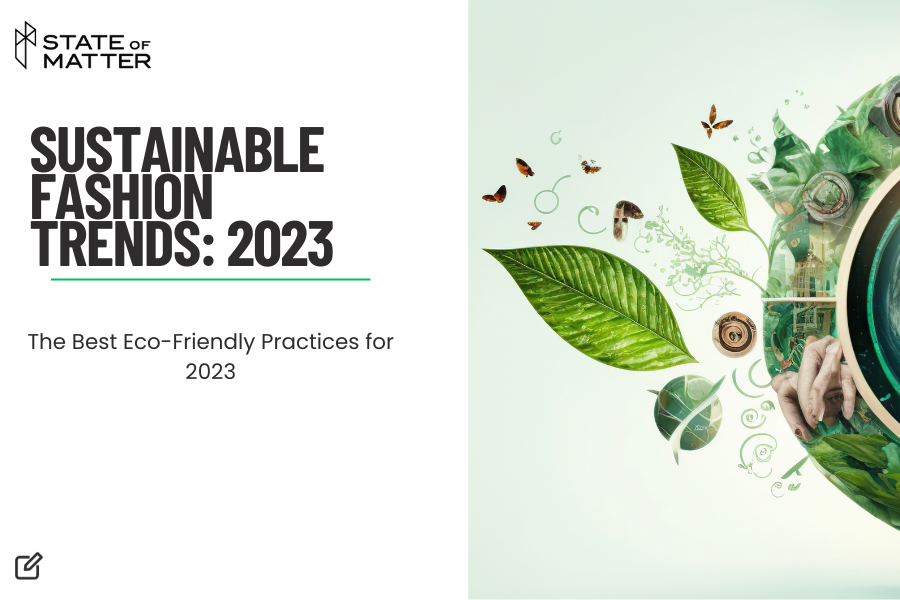Cape Town Sustainable Fashion: Eco-Friendly Trends to Enjoy
Wiki Article
Stay Ahead of the Curve by Exploring Innovative Style Fads
In an industry as vibrant as style, staying in advance involves greater than just following present trends-- it requires an expedition of technology. Smart textiles, as an example, are changing garments right into functional masterpieces, while 3D printing is reinventing layout procedures with its customizable, waste-reducing capacities. As sustainability comes to be a cornerstone, advancements like green materials and round fashion techniques are improving environmental responsibility - Cape Town Sustainable Fashion. Furthermore, the convergence of technology and style advertises a new age of consumer interaction. How, then, can these emerging patterns redefine the future of style, and what ramifications do they hold for brand names seeking to grow in this developing landscape?
Accepting Smart Textiles
In current years, the fashion sector has actually seen a transformative change with the assimilation of clever fabrics, an innovative advancement that blends modern technology with fabric. This evolution represents not just a fusion of visual appeals and functionality yet also a significant jump in the direction of sustainability and personalization in vogue. Smart textiles, additionally recognized as e-textiles, installed sophisticated electronic devices such as sensing units and conductive strings within the textile, making it possible for garments to interact with the environment or the user.These textiles are made to monitor physiological specifications, such as heart rate or body temperature level, giving real-time wellness analytics. Past wellness applications, wise textiles are also being made use of for adaptive clothing, which can transform color or pattern in action to ecological stimuli, hence offering a dynamic style experience.
In addition, the development of energy-harvesting fabrics that create power from activity or sunshine is leading the way for self-sufficient wearable innovation. This technology is appealing to eco mindful consumers and developers intending to decrease the eco-friendly footprint of style. As research and growth in this field advancement, wise fabrics are anticipated to end up being progressively common, improving the landscape of modern-day fashion with their multifunctional abilities.
The Surge of 3D Printing
Revolutionizing the production landscape, 3D printing has arised as a game-changer in the fashion sector. This advanced innovation has actually made it possible for designers to press the limits of creativity, creating detailed and personalized garments that were previously inconceivable. By leveraging digital style and additive production, 3D printing promotes the creation of intricate geometries and patterns, enabling developers to experiment with brand-new appearances and structures.A notable benefit of 3D printing in vogue is its capability to generate on-demand, minimizing waste and minimizing supply requirements. This effectiveness not just enhances manufacturing procedures yet additionally allows for fast prototyping, enabling developers to bring their visions to life in a much shorter duration. Moreover, 3D printing sustains personalization to a level unmatched by conventional methods, providing unique styles and personalized fits tailored to private consumer choices.
The rise of 3D printing has additionally equalized fashion, making it easily accessible to arising developers that can currently make high-quality pieces without considerable monetary investment in standard production facilities. As innovation proceeds to development, the apparel industry is poised to harness the full possibility of 3D printing, checking out new products and methods that will certainly redefine just how style is developed and created.
Sustainable Style Innovations
As the style sector grapples with the pressing need for ecological duty, Bonuses lasting style innovations have actually arised at the center of transformative modification. The growing recognition of eco-friendly influence has sustained a change in the direction of even more Going Here eco-conscious practices and products. Brands and designers are now prioritizing sustainability, including techniques that decrease waste and minimize carbon impacts.One substantial advancement is the increase of circular style, which stresses recycling and upcycling to expand the lifecycle of garments. This approach not just lowers waste yet additionally motivates consumers to adopt an extra mindful method to clothes usage.
Another advancement hinges on the fostering of innovative dyeing methods that use natural dyes or waterless procedures, therefore reducing the huge quantities of water and chemicals typically utilized in fabric dyeing. In addition, advancements in biotechnology have brought about the creation of lab-grown leather and materials, offering ecologically friendly and cruelty-free options to standard materials. Through these pioneering initiatives, the garment industry is making significant strides in the direction of a more sustainable future.

Tech-Integrated Clothing
Tech-integrated apparel stands for an innovative blend of style and innovation, reshaping just how people engage with their garments. This innovative domain name is noted by the addition of wise textiles and ingrained electronic elements, boosting both functionality and aesthetic allure. From health and fitness trackers embedded in sportswear to warmed jackets managed through smart device apps, tech-integrated garments provides customers extraordinary benefit and adaptability.Pioneering brands are driving this trend, focusing on developing garments that respond to environmental stimuli or customer commands. For example, some garments can transform shade or pattern in action to temperature shifts, while others integrate biometric sensors to keep track of health and wellness metrics like heart rate or stress and anxiety levels. The seamless assimilation of technology right into textiles also encompasses environmental sustainability, with efforts to develop self-cleaning textiles or garments that adapt to weather conditions, thus reducing the need for several layers.
In addition, the arrival of wearable innovation is not just restricted to garments however encompasses accessories like watches and eyewear, further expanding the range of tech-integrated fashion. As the market remains to introduce, the capacity for customization and personalization in garments grows, offering consumers special, tech-enhanced style experiences that deal with their private demands and choices.
Future of Virtual Fashion
In current years, the future of you can look here online fashion has actually arised as a transformative force within the market, leveraging advancements in electronic technology to redefine just how fashion is developed, experienced, and eaten. By incorporating augmented fact (AR), digital truth (VIRTUAL REALITY), and 3D design tools, developers can currently craft interactive and immersive experiences that transcend traditional fashion limits. Virtual fashion permits for the production of garments that exist only in digital atmospheres, using unlimited possibilities for technology without the limitations of physical manufacturing.This electronic change not just presents chances for creative expression but also addresses sustainability concerns fundamental in traditional fashion methods. Cape Town Sustainable Fashion. By eliminating the need for physical resources, online fashion decreases waste and lessens carbon footprints. Additionally, the surge of virtual fashion aligns with the increasing customer need for special and personalized experiences, as virtual garments can be personalized and tailored to private preferences with ease

Final Thought
The garment industry's future hinge on the combination of sustainable practices and innovative innovations - Cape Town Sustainable Fashion. Smart textiles and tech-integrated clothing are improving performance, while 3D printing offers possibilities for customization and waste decrease. Sustainable fashion, through circular strategies and environment-friendly materials, demonstrates a commitment to ecological stewardship. Furthermore, virtual style is poised to redefine consumer communications. Adapting to these fads is crucial for brand names seeking to continue to be affordable and appropriate in this swiftly advancing landscape.In current years, the fashion industry has actually experienced a transformative change with the assimilation of clever fabrics, a cutting-edge development that blends innovation with material.As the fashion sector grapples with the pressing need for environmental duty, lasting fashion advancements have actually arised at the forefront of transformative adjustment.In current years, the future of digital style has actually arised as a transformative pressure within the sector, leveraging advancements in electronic technology to redefine just how fashion is produced, experienced, and consumed. The surge of virtual fashion lines up with the enhancing consumer demand for customized and distinct experiences, as online garments can be customized and customized to private preferences with ease.
The style sector's future lies in the combination of innovative technologies and sustainable methods.
Report this wiki page